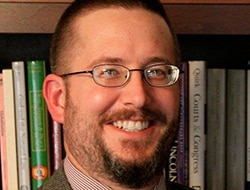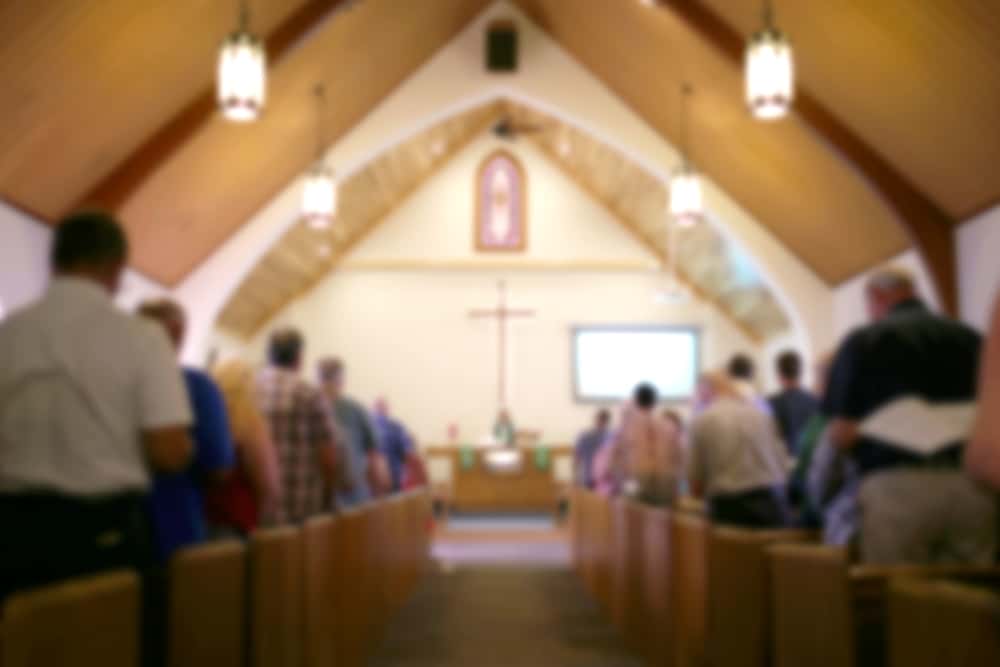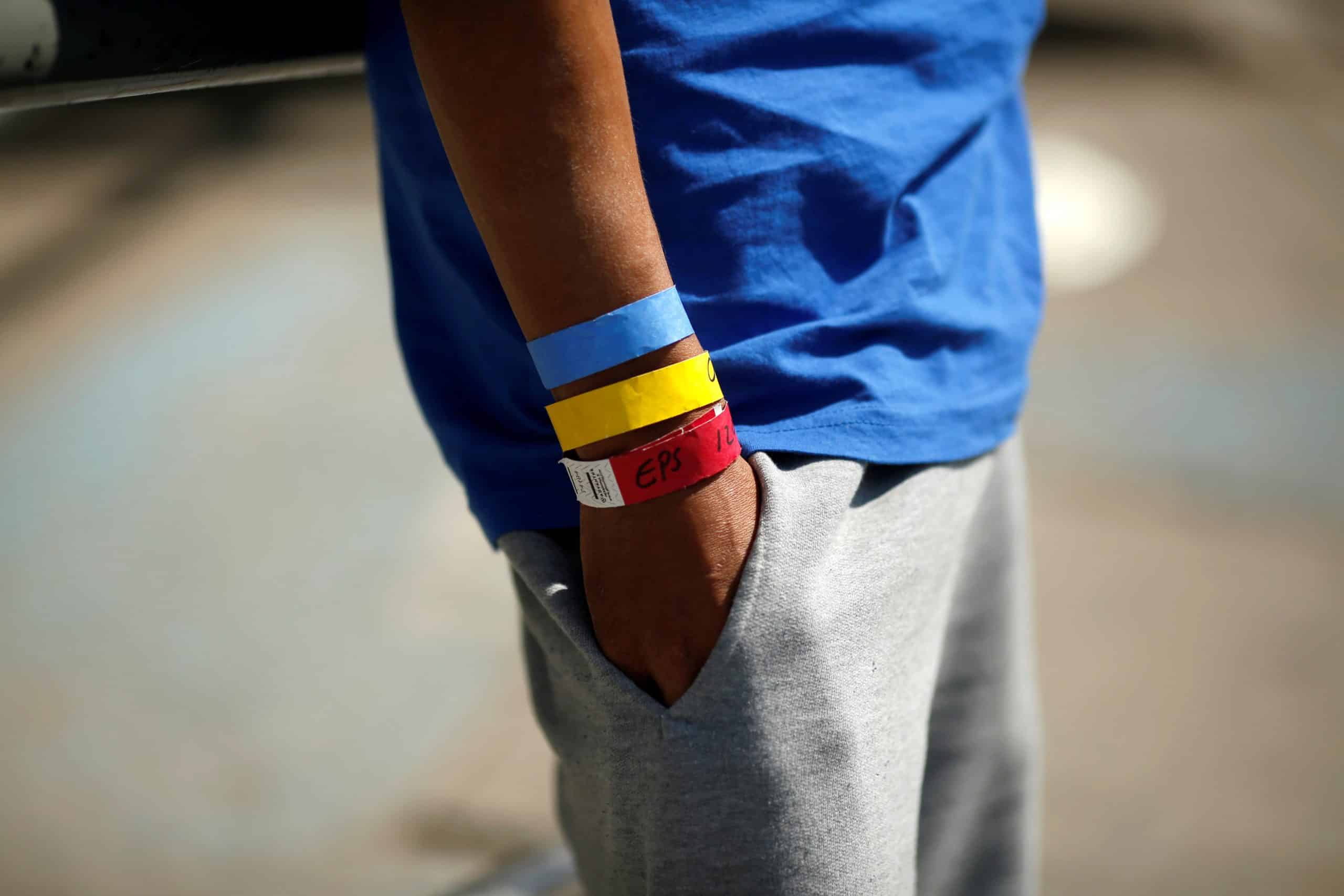
Going a little stir crazy after a week or three at home? Feeling the need to get a little sunshine and fresh air, and to stretch your legs? Looking for something that can take the place of television and video games for children who complete their e-learning in record time?
Go visit a cemetery. No, really.
In most states (but not every one — make sure to check your local stay-at-home order), people can go outside for exercise. Walking is great exercise, and even in normal times, social distancing in cemeteries is not a problem.
One of my three-mile routes for my morning runs takes me past St. Felix Friary here in Huntington, where Blessed Solanus Casey spent the last decade of his life. The road continues on toward the top of a hill, past the grounds of Victory Noll, the motherhouse of the Our Lady of Victory Missionary Sisters, where Archbishop John Francis Noll, the founder of Our Sunday Visitor, is buried.
Once you top the hill, the road bisects one of Huntington’s cemeteries. In my three years in Huntington, I’ve become familiar with many of the family names on the tombstones, because their descendants still live here.
In the past, I would have run through the cemetery, pausing my music or podcasts and uttering a quick prayer for the repose of the souls of the faithful departed. Lately, though, I slow to a walk, and pray and reflect on our common mortality:
“Seventy is the sum of our years, or eighty, if we are strong; Most of them are toil and sorrow; they pass quickly, and we are gone” (Ps 90:10)
These days, many cities have banished cemeteries to their outskirts, but there’s something to be said for keeping the dead within sight. As Catholics, charity demands that we pray for the dead that they may be released from purgatory, but it’s all too easy to neglect that duty and cry, with Henry Wadsworth Longfellow, “Let the dead Past bury its dead!”
We don’t want to reflect on our own mortality, and tombstones have a way of reminding us that “What you are now, we once were; what we are now, you shall be.” That saying is found on a plaque in the crypt of Rome’s Santa Maria della Concezione dei Cappuccini, where the bones of some 4,000 Capuchin friars were artfully arranged in scenes designed to remind those who were still living of our final destination.
The Church, though, does want us to remember that we are dust, and to dust we shall return, and so it offers an indulgence, which can only be applied to the souls in purgatory, to those who visit a cemetery (even on a run) and pray for the dead. That indulgence is plenary between Nov. 1 and Nov. 8, inclusive, which means that every day you earn it you can release a soul from purgatory, but it’s available as a partial indulgence the rest of the year.
As Pope Francis reminded us in his homily during the extraordinary urbi et orbi blessing on March 27, this pandemic is not God’s judgment on mankind, but it is an opportunity for us to reconsider what is important in our lives. As families draw together in prayer and mourn together the temporary loss of the sacraments, we have the chance to return to one of the practices of Christian charity that we have all too often neglected.
So when you can’t stay cooped up any longer, pile the family in the car, visit the nearest cemetery and pray for the dead. Someday, they will return the favor.
Scott P. Richert is publisher for OSV.





